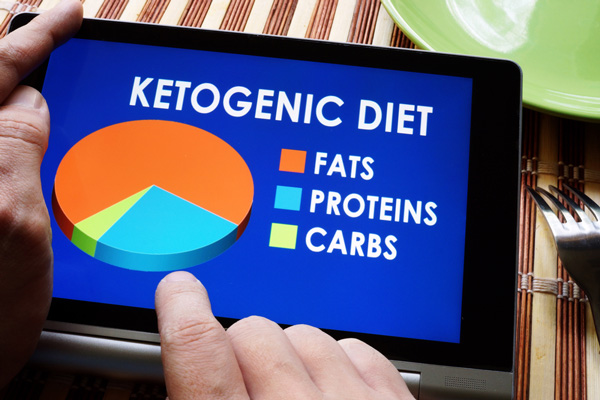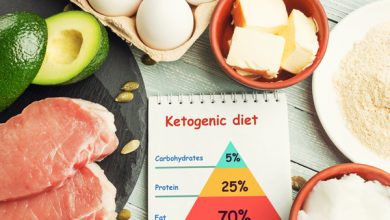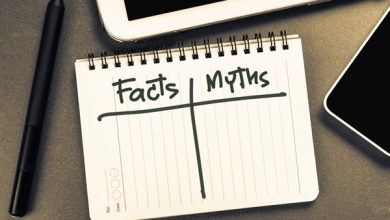Keto 101
What Are Macros?

Whenever you eliminate a large number of foods from your diet, it’s natural to wonder if you’re getting enough nutrition — or if you’ll end up with a deficiency that might seriously mess with your health.
That’s why transitioning to a low-carb, ketogenic diet can initially be so stressful. After all, you’re drastically limiting your intake of carbohydrates, which encompasses a huge variety of foods, many of which contain nutrients essential for optimal mind and body functioning.
There are plenty of nutrient dense, low-carb alternatives you can substitute. By investigating which micronutrients are usually missing in the keto diet, your diet plan can be adjusted to plug the gaps.
What Are Macros?
Macronutrients, which include carbohydrates, proteins, and fats, are needed in large amounts by your body. Your body gets energy from the calories in these nutrients. Protein contains 4 calories/gram, carbohydrates contain 4 calories/gram and fat contains 9 calories/gram.
All foods contain both micronutrients and macronutrients, which provide your body with the tools it needs for optimal function. The two that are essential for survival are protein and fat. Anyone who has fasted more than 24 hours can prove you don’t need to eat carbs to survive the day. Your body can synthesize the number of carbs it needs, from the fatty acids in protein all by itself.
Don’t you need carbs to train? No. Many athletes perform their training sessions in a carb-deprived state. Some of their best training sessions occur while carb deprived and fasting.
Micronutrients are needed in trace amounts by your body for normal growth, function, and development. These include vitamins, phytochemicals, trace elements, minerals, antioxidants, fatty acids, and antioxidants. Micronutrients help retard the aging process, protect your body from diseases and make sure every bodily system functions optimally properly and properly.
Micronutrients don’t provide energy like macronutrients, so they aren’t measured in calories, and most are not listed on a food item’s nutrition label,. This makes them more difficult to keep tabs on.
All foods have macronutrients (proteins, carbs, and fats), but not all of them have large concentrations of micronutrients.
Processed foods such as candy, cookies, cake, and soda contain zero micronutrients or nutrition and are mainly simple carbohydrates. These are the bad kind, which also causes drastic blood sugar (glucose) spikes and undercut the things you have been doing to lose weight.
How Much Protein, Fat, and Carbs Should You Eat on Keto?
Fat, protein and carbs are those macronutrients we mentioned previously. Each keto meal includes:
- Very low carbs
- High fat
- Moderate protein
Macronutrient Breakdown on Keto
- Calories from carbs: 5-10% (20-50 grams daily)
- Calories from fat: 75-80% (sometimes more for certain people)
- Calories from protein: 20-25%
Try to stay below the 35g total carbs (20g net carbs). When you severely limit carbs, your body has to keep looking for that alternate source of fuel. In this case, that is stored fat. This is likely to trigger ketosis..The only kind of carbs Keto encourages are plant-based complex carbs. These are found in above ground vegetables containing natural dietary fiber.




